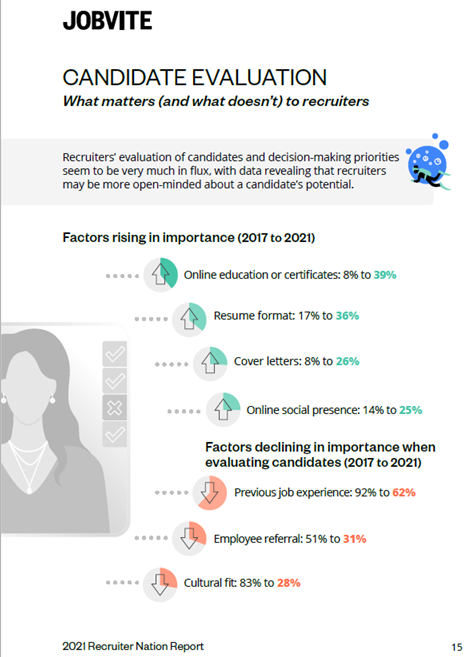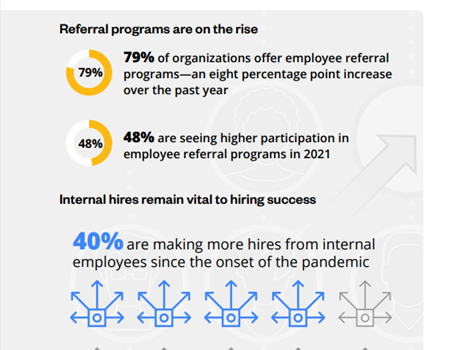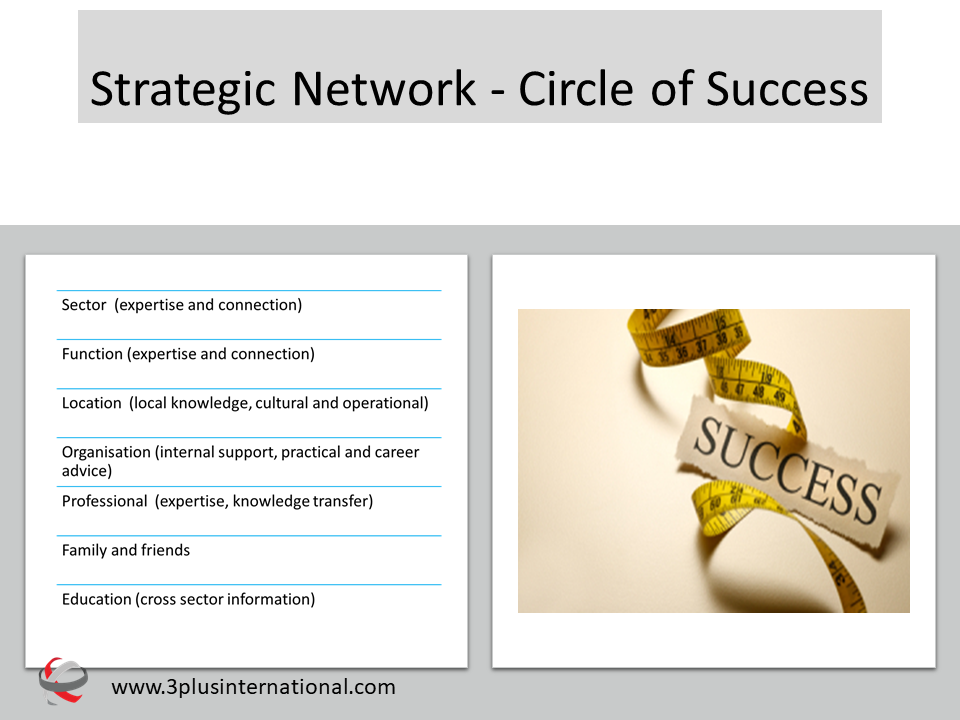The employee referrals debate today
Employee referrals programmes have been around throughout history. Research suggests that Julius Caesar created the first programme when he offered up to one-third of a soldier’s annual salary for referrals into the army.
Employee referrals are a way of finding candidates for an open role by asking current employees for introductions from their network. As in Roman times frequently there is a “finders fee” or a reward for the employee if their candidate is successful. It’s typically not one-third of salary, but it can be as much as $2000. If you have someone advocating for you, they are incentivised to do a good job. However, organisations such as Google found increasing the referral pay-out didn’t impact the number of referrals they received.
Research also shows that referred candidates are considered to be a better “cultural fit ,” reduce the time to hire and stay longer in an organisation. Some organisations ask on their application process if you already know someone in their company, another reason for advance planning.
Conflicting data
So a referral from an employee can be a huge boost in securing a role in your job search, but it’s not as clear cut as it used to be. You have probably seen a lot of confusing data.
These are some of the figures I have seen quoted:
☑️ 12.26% (Statista) roles filled from referrals. This is a global figure from 2018 published in 2020
☑️ 27% (Drafted) This is a median figure from a 2021 report and a sample of 200 ATS partners.
☑️ 30% Indeed. This figure is from 2016.
☑️ 85% also from 2016 which has been doing the rounds for years and now is considered to be out of date. It probably dates from a pre-digital era. One career commentator quoted this information recently, I am sure in good faith, and when I checked the research the links they directed people to Virgin Airlines. The Hub Spot page has now been taken down when I raised this anomaly with them.
Changing times
There are also two other major wider trends impacting employee referrals today.
1. Diversity and Inclusion initiatives which currently seems to be reducing the focus on in-house referrals in an attempt to hit a wider talent pool. Research from Payscale.com shows that employee referral schemes tend to mitigate against women and people of colour. When people make recommendations they tend to refer people who are like themselves (Confirmation bias.)
This may account for the drop in numbers found in the JobVite Recruiter Nation research published in October 2021. They report that 61% of companies are putting more emphasis on diversity than they did in 2020.
They saw the role of employee referrals in candidate evaluations drop to 31% from 51% (see below.)
2. The high number of open roles has created another anomaly. In the same report JobVite also reported that in a candidate driven market, employers are improving their employee referral schemes and had seen an increase in participation. They obviously see this as an under utilised resource.
I have also observed a higher number of individuals posting job ads directly into their streams on LinkedIn maybe chasing that reward. I suspect their might be a connection. Will we see that 31% figure change next year? Only time will tell.
Diversifying referral schemes
Most people’s networks tend to be homogenous which is why women and other demographics lose out. Pinterest successfully tackled this problem by testing a more diverse approach, asking their employees for more network referrals from under represented groups.
Abby Maldonado Corporate Development Integration Lead, reported on LinkedIn “To establish a baseline from which to measure, we looked at referrals over a six-week period. We then posed a challenge to the team to refer 10x more candidates from underrepresented ethnic backgrounds and 2x more women over the next six weeks. During the period of our challenge, we saw a 24 percent increase in the percent of women referred and a 55x increase in the percentage of candidates from underrepresented ethnic backgrounds.”
I anticipate an increase in this this approach.
Employee referrals and job search
Whatever the range of confusing stats, whether 30%, 27% or 12%, there is no doubt you should create a strategy to make employee referrals part of your job search and networking efforts.
Here are a few tips on how to go about it.
1. Research your target organisations
Check out your target organisations and set in motion a strategic plan to get connected to the right people. LinkedIn very obligingly show you which network connections you have in common with an individual before you connect.
Double back to one of those connections and either ask for an introduction or permission to use their name. Remember to diversify your own network. Also don’t assume because people are connected, they know each other well. That isn’t always the case.
Follow your target companies on all platforms, constantly checking for common connections.
2. Leverage LinkedIn
Networking isn’t just about who you know. It’s also about who knows you. LinkedIn is still the major hub for professional networking, so maximised your exposure by engaging on the platform to raise your visibility. Follow the company page and connect with and /or follow people in the organisation. You will be alerted to their activity on the platform and can engage. Be careful not to stalk – that may look a bit weird.
You can join groups, but they are not always as effective as they used to be.
3. Build your Circle of Success
If you have an effective networking strategy you will have a list of your Go-To Top 10 contacts drawn from a range of sources, at the ready. Carry out an analysis to see how people you are already connected to who can link you to individuals you need to know. You might be surprised.
Don’t make an assumption that employee referrals should always come from an in-house employee in the first instance Sometimes you might have to find work around solutions and it can be a multi-step process. The introduction can also come from key players in an industry sector or profession. Alumnae networks and professional associations are very useful here. You can also reach out to former employees, although check that they left on good terms. It maybe a more circuitous route but the most important thing is achieving your goal.
This is going to take on additional significance for women and other demographics as employers will certainly ask for more diverse referrals from their employees. You have to network more actively.
4. Informational interviews.
Informational interviews are a great way to cultivate relationships within an organisation to find out what’s going on in that company. This has to be handled with great sensitivity as currently senior people in particular report being inundated with requests. Be respectful of their time and put in any email a caveat that if they are too busy, that they recommend someone else. That way you now have two names.
They are not job interviews and you should not ask for a job. The most useful questions are open-ended “Who would be the best person to ….?”
Going forward
The role of employee referrals is open for discussion as organisations try to manage bias in their hiring systems. They will be looking for “cultural add” rather than “cultural fit.”
Certainly, if I ask for and receive a referral I will always read the CV. That is guaranteed. But it doesn’t mean the candidate will be presented if nothing else aligns. I have also observed situations where it depends on who makes the referral. It’s important to find someone within an organisation who has a good reputation themselves, which as an outsider is not always obvious. This perception of a person may also be linked to bias.
In the meantime keep on building and diversifying your network in a strategic way. And above all don’t wait until you have a crisis. You can’t fix your roof when it’s raining as the saying goes.
Securing employee referrals can certainly help and add value in job search. It should be part of your career management tool box, but don’t rely on it to be the golden conveyor to success if you have neglected other elements.
Need help creating a diverse network and building a job search strategy – get in touch NOW.








